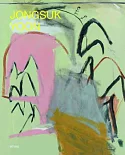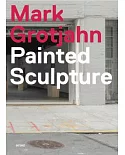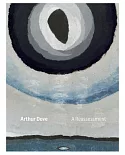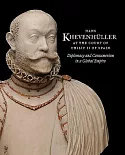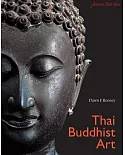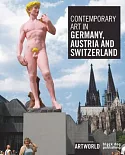Over the centuries, artists across sub-Saharan Africa have memorialized eminent figures in their societies using an astonishingly diverse repertoire of naturalistic and abstract sculptural
idioms. The arrival of Europeans as traders, then as colonizers, led to the isolation of many of these sculptures from their original sites, as well as from the contexts in which they were
conceived; thus, today, they are seen primarily as timeless representations of generic archetypes. This extensively illustrated publication reexamines major landmarks of African art in terms
of the individuals who inspired them and the cultural values that informed them, providing insight into the hidden meaning and inspiration behind these great artistic
achievements.
Heroic Africans considers the landmark sculptural traditions of the Kingdom of Benin and the Ife civilization in Nigeria; the Akan peoples of Ghana; the Bangwa, Kom, and related
chiefdoms of the Cameroon Grassfields; the Chokwe of Angola and Zambia; and the Luluwa, Hemba, and Kuba of the Democratic Republic of the Congo (DRC). Some 106 masterpieces created between
the 12th and the early 20th century—complemented by maps, drawings, and excavation and documentary photographs—reveal the religious and aesthetic conventions that defined distinct regional
genres of representation.




